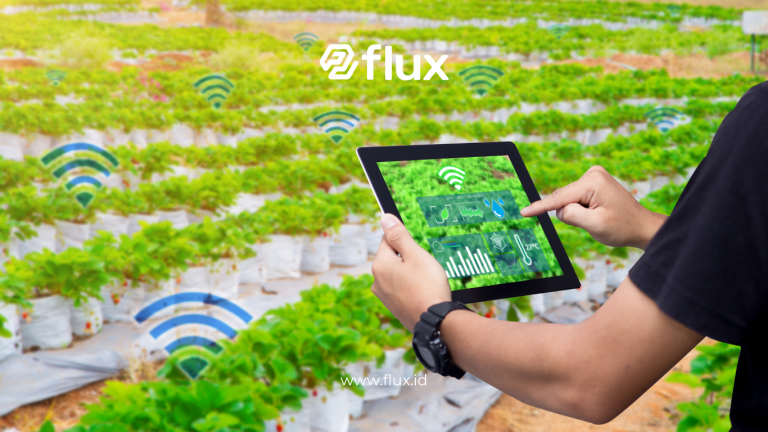Don't miss our holiday offer - 20% OFF!

Read also : Automated Parking Concept: Smart Solution for Availability
Conventional buildings have become one of the largest sources of energy consumption globally. However, with the advancements in Internet of Things (IoT) technology, we can achieve higher energy efficiency and move towards better sustainable energy policies.
Contents
IoT: Revolutionizing the Building Industry

Read also : Behind the Scenes: Humidity Sensors in Efficient Smart Buildings
What Is IoT?
The Internet of Things (IoT) is a network of digitally connected physical devices that enables them to collect and share data. In the context of buildings, this means using connected sensors to control and manage crucial aspects such as lighting, temperature, and security.
Why IoT Is Crucial in Buildings?
- Enhanced Energy Efficiency: IoT sensors can monitor and control energy usage in real-time, allowing buildings to optimize energy consumption.
- More Efficient Maintenance: Sensors can detect technical issues and maintenance needs earlier, reducing long-term maintenance costs.
- Occupant Comfort: IoT enables occupants to adjust building conditions to their preferences.
Implementing IoT Sensors in Conventional Buildings

Read also : Security and Privacy in Connected Parking Systems: Challenges and Solutions
First Step: Energy Monitoring
Installing IoT sensors for energy monitoring is a critical initial step. These sensors collect real-time data on energy consumption, helping buildings identify areas for efficiency improvements.
Smart Lighting Optimization
Intelligent lighting is a vital component of sustainable buildings. Connected light sensors can adjust lighting levels based on natural light and occupant presence.
Optimal Temperature Control
IoT temperature sensors can monitor indoor temperatures and control HVAC (Heating, Ventilation, and Air Conditioning) systems to optimize comfortable conditions while saving energy.
Enhanced Security
IoT sensors can also enhance building security by detecting fires, suspicious movements, or unwanted intrusions.
Overall Benefits

Read also : Security and Preparedness Enhanced by Smart EWS Technology
The use of IoT sensors in conventional buildings can yield significant benefits, including:
- Energy Savings: Significantly reducing energy consumption, resulting in substantial cost savings.
- Reduced Carbon Footprint: Lowering carbon emissions through more efficient energy use.
- Occupant Comfort: Improving the comfort and productivity of building occupants.
Conclusion

Read also : Automated Parking Concept: Smart Solution for Availability
Transforming conventional buildings towards sustainable energy policies with IoT sensors is a crucial step in addressing future energy challenges. By harnessing IoT technology, we can reduce energy consumption, decrease environmental impacts, and create more efficient and comfortable living and working spaces. In an increasingly environmentally conscious world, investing in IoT is a wise choice for the future of buildings and our planet.





